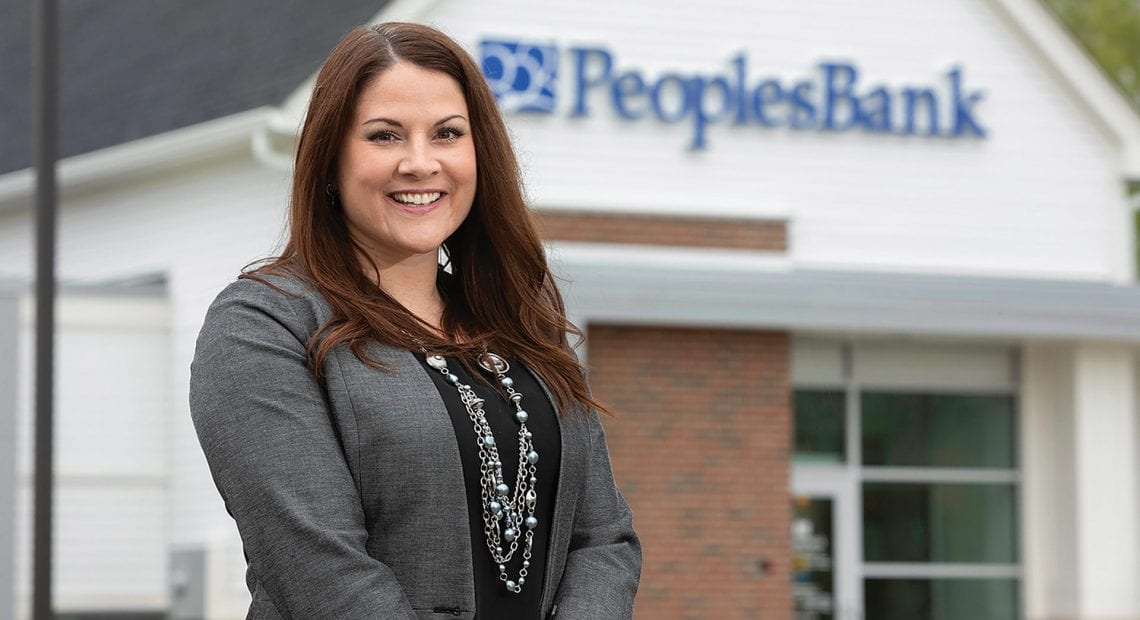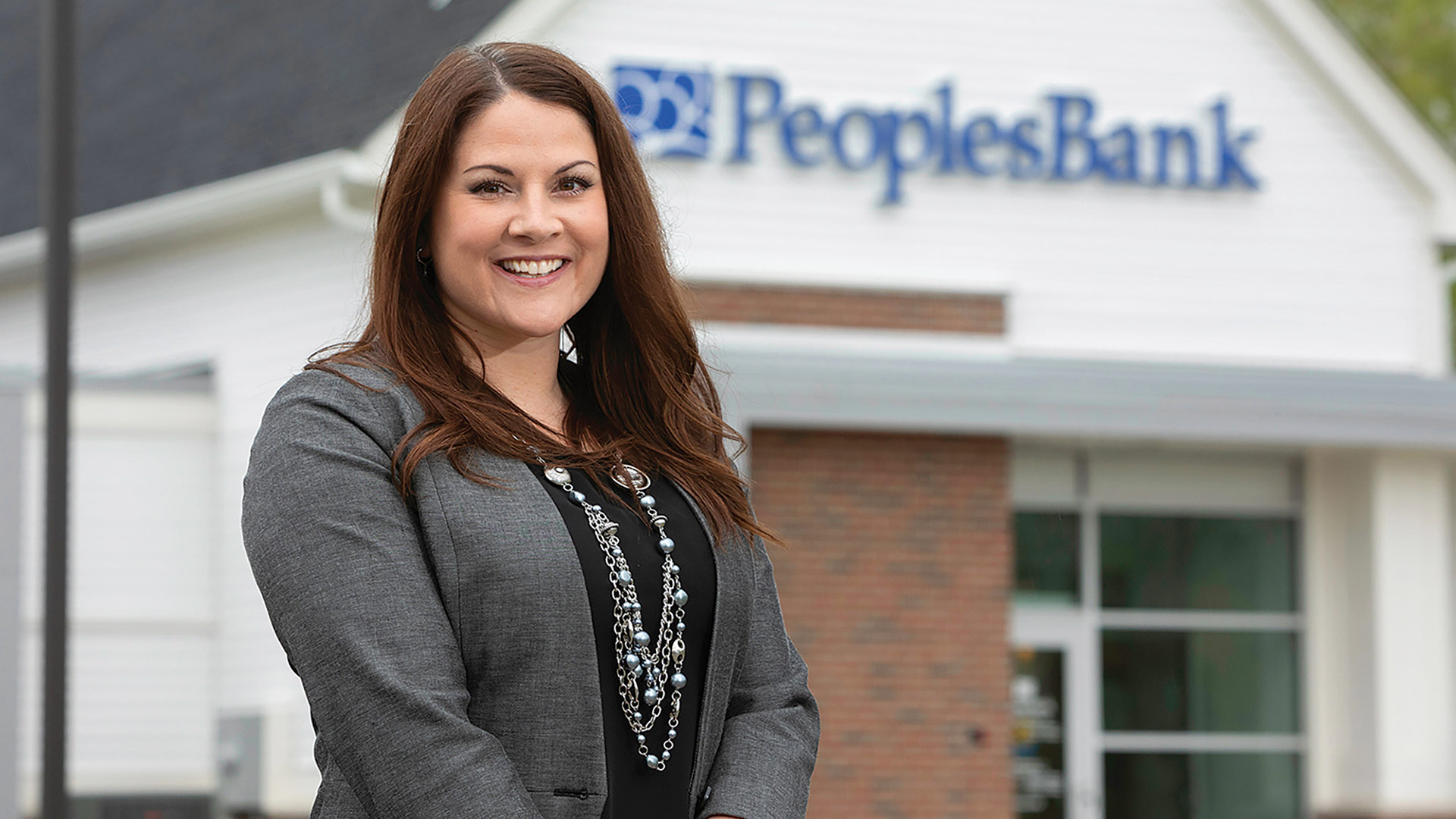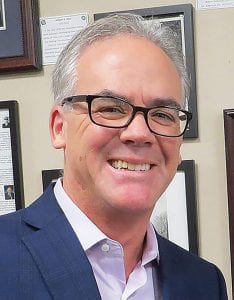Remote Possibilities
By Elizabeth Sears
Internships have always been known to take different shapes and forms, from a student teacher eagerly helping to prepare classroom activities to the stereotypical unpaid intern making copies and bringing coffee to co-workers while carefully shadowing how the different jobs at their company work.
Now, a new type of internship has been added to the mix: a student sitting at home in front of their laptop. For many students, this has become the new normal.
With the onset of the global COVID-19 pandemic in early 2020, the leaders of internship programs at universities in Western Mass. feared that students would not be able to have as many internship opportunities. George Layng, an internship coordinator at Westfield State University, recalled feelings of uncertainty when the fall 2020 semester approached.
“School was back in session, but it was all virtual … would internship sites be as receptive to having interns as they were in the past? Usually, we have more places that are willing to have interns than we have interns for, but our fear was that we’d be in the reverse, that we’d have more interns than we have places for,” Layng said.
“I think, actually, students are better able to manage that shift now because their classes are online and they are working more independently.”
However, despite the copious amounts of instability in many areas of academic life brought on by the pandemic, internship programs at colleges in the Western Mass. region have been running strongly with abundant student success. Layng said the number of students participating in his internship program has remained steady over the course of the pandemic, even when compared to pre-pandemic years.
“I think, actually, students are better able to manage that shift now because their classes are online and they are working more independently,” he told BusinessWest. “One of the silver linings is that they are more able and more prepared to work somewhat independently, somewhat virtually, and it not being a big issue.”
A large part of this success was credited to the ability of students, professors, and employers to remain adaptable during the continuously changing protocols throughout the pandemic. The willingness of employers to take on interns remotely and overcome that boundary, along with the determination of students to work through uncertain conditions, has proven to be a winning combination for successfully running internship programs during the pandemic.
New Normal
This is not to say internship programs have been running without their fair share of challenges.
Alan Bloomgarden, director of Experiential Learning at Elms College, spoke of how, even though his students have shown remarkable success at obtaining placements at various internship sites, constantly evolving safety concerns impacted some student internships and experiential-learning experiences.

Alan Bloomgarden says students have done well with internship placements during the pandemic, but safety concerns have impacted some experiences.
“The employers themselves are, I think, not necessarily prioritizing construction of internships, where their employees are really required to do an additional amount of work to supervise students,” he said. “That is difficult under normal circumstances, and it may be a bridge too far for some employers under the current pressures of staffing and adapting to changing health and safety conditions.”
Bloomgarden noted that students in the social sciences and humanities have been encountering a greater degree of difficulty in internship placements because of changing circumstances. Even though the internship program at large is functioning well, some students have still found themselves in a place where the pandemic caused certain internships to fall short, when they might have been successful in a normal year.
Layng echoed this sentiment, remembering a particular instance with a student seeking an internship that highlights the recent limitations of certain internship placements caused by the pandemic.
“I had a student who I was trying to place at Baystate [Health] in the public relations department, and he had experience in healthcare public relations and marketing,” Layng noted. “He would have been an excellent candidate to take the next step … but the person at Baystate said they were just so busy, there’s so many cases, they just can’t really work with interns in the way that would really help them. That’s one clear way the pandemic lessened the opportunities for interns.”
On the other hand, one perhaps unexpected benefit of the recent shift to online internships has been the newfound ability for students to be placed at sites whose far-away locations would have typically eliminated them from being realistic options. The normalization of remote work has opened up opportunities for students in Western Mass. to intern at businesses in larger cities like Boston and New York without having to spend an entire semester away from their university.
“I have seen students develop some creative adaptations to the circumstances that we’re all facing,” Bloomgarden said. “Just as we’re seeing a changing workplace as a society, we’re seeing changes in the face of what internships look like.”
He spoke of how Elms College’s teacher-licensure students had been conducting their experiential learning in a hybrid format but are now being placed at schools in-person. The students in the college’s social-work program have also found themselves returning to in-person internship sites, Bloomgarden said.
“Just as we’re seeing a changing workplace as a society, we’re seeing changes in the face of what internships look like.”
While most students have been gradually returning to in-person internships, some students have been doing internships in this fashion throughout the course of the pandemic. This has been especially true for students who are looking to enter the medical field.
Bloomgarden described the experiences of students in the nursing program at the Elms, and how they have been continuing with clinical placements even with the pandemic.
“They are, in many ways, frontline workers,” he said. “Our students are conducting experiential learning in the same way that the permanent, full-time employees of the organizations hosting them are asking of their employees.”
Internship programs in Western Mass. colleges and universities have found that both students and employers now expect a conversation about the possibility of a virtually formatted internship. The high level of adaptability shown by employers has positively impacted students by allowing them internship opportunities even during very uncertain times.
“Employers are seeing the value of interns and the value of internships as an education practice,” Bloomgarden said. “Internships help with career readiness… they deepen one’s understanding of one’s discipline, having a chance to apply the methods, whatever the field is.”
Community Impact
Whether in-person, hybrid, or fully remote, leaders of internship programs still assert that internships in any format are substantially beneficial to students — and for a variety of reasons. Both Layng and Bloomgarden enthusiastically emphasized the importance of internships and the value they provide for a student’s future career.
“It’s a really good stepping stone to a career,” Layng said. “They are going to prepare you for what it’s like, getting ready for the professional world.”
He added that student feedback has been mostly satisfactory, with students expressing that they feel like they are still getting a quality internship even if a fair percentage of them are partially or completely remote.
“Internships and experiential learning can enable active citizenship and the advancement of social action.”
Bloomgarden spoke of the numerous ways that internships are beneficial not only to the students themselves, but also to the businesses they work at and the communities they are a part of.
“Internships and experiential learning can enable active citizenship and the advancement of social action,” he said. “Our job is to encourage and support the development of those pathways to making positive impact on the world. We want to encourage them in becoming meaningful contributors to their communities.”









